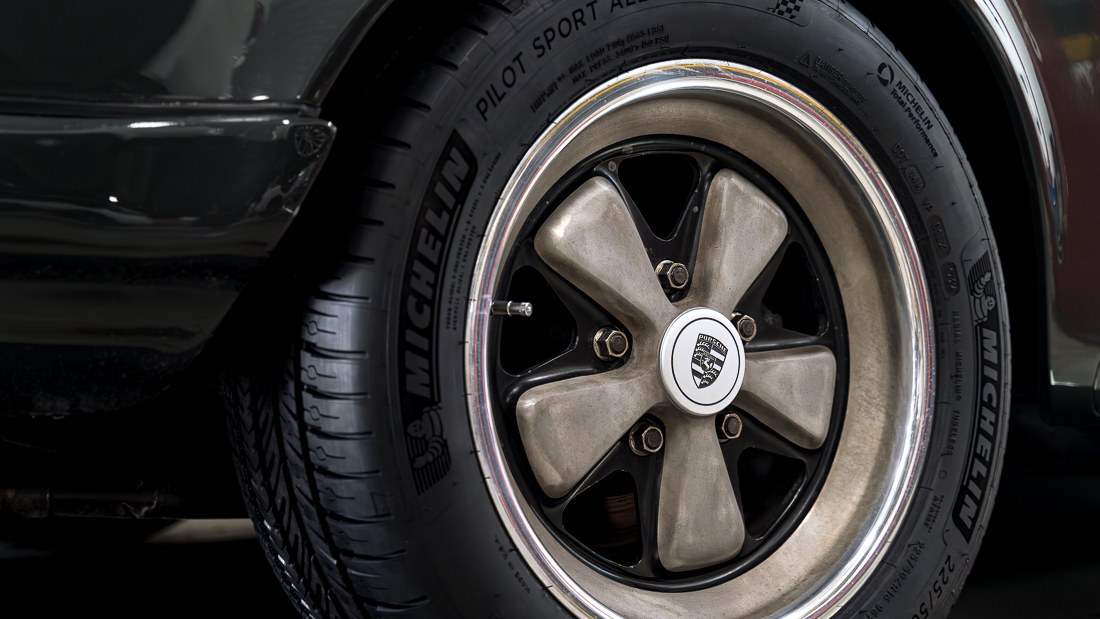
Tires
Schedule Service
Only the best tires in Columbus
High-quality vehicle tires are essential components that significantly impact safety, performance, and comfort on the road. At PickupsPlusCars, we understand the importance of providing our customers with top-tier tires that offer superior durability, traction, and reliability. Our selection of tires encompasses a wide range of brands and models, such as Goodyear, Dunlop, Michelin, Yokohama, Nitto, BF Goodrich, and many more.
Whether you're looking for all-season, performance, or off-road tires, we have options to suit every driving style and environment. Our knowledgeable staff is dedicated to helping you make informed decisions and providing expert advice to ensure that you get the best tires for your vehicle. With our commitment to quality and customer satisfaction, you can drive with confidence knowing that your vehicle is equipped with the finest tires available.
Find the Right Tires for Your Vehicle
-
Tread Design
The tread pattern on a tire plays a crucial role in its performance and handling characteristics. Tread designs vary depending on the tire's intended use, with features such as sipes, grooves, and tread blocks designed to provide traction, grip, and stability on different road surfaces and in various weather conditions
-
Tire Size and Fitment
Tire size refers to the dimensions of a tire, including width, aspect ratio, and rim diameter. Selecting the correct tire size and fitment for your vehicle is essential for optimal performance, safety, and compatibility with your vehicle's suspension and braking systems.
-
Tire Construction and Materials
Tires are constructed using various materials and techniques to achieve specific performance attributes. Common constructions include radial, bias-ply, and bias-belted, each offering different levels of flexibility, durability, and heat resistance. Additionally, tire compounds and reinforcements such as silica, carbon black, and steel belts are used to enhance traction, durability, and overall tire longevity.
-
Tire Performance Ratings
Tires are rated based on performance criteria such as traction, temperature resistance, and treadwear. These ratings, typically indicated by letters and numbers on the tire sidewall (e.g., UTQG ratings), provide valuable information about a tire's performance capabilities and expected lifespan, helping you make informed decisions when selecting tires for your vehicle.
Common Tire Questions
What is the difference between all-season and summer tires?
All-season tires are designed to provide a balance of performance and traction in a variety of weather conditions, including dry, wet, and light snow. Summer tires, on the other hand, are optimized for warm weather performance, offering enhanced grip and handling in dry and wet conditions but may not perform as well in colder temperatures or snow.When should I replace my tires, and how can I tell if they're worn out?
Tires should be replaced when they reach the minimum tread depth recommended by the manufacturer or when they show signs of wear such as cracks, bulges, or punctures. You can use a tread depth gauge to measure the depth of the tread grooves, and if they’re worn down to 2/32 of an inch or less, it's time to replace them. Additionally, if you notice decreased traction, longer stopping distances, or increased road noise, it's a good indicator that your tires may need replacing.Do I need to rotate my tires, and how often should it be done?
Yes, rotating tires is essential for promoting even tire wear and extending tire lifespan. Tire rotation involves moving each tire to different positions on the vehicle at regular intervals, typically every 5,000 to 7,500 miles or as recommended by the vehicle manufacturer. This helps ensure that all tires wear evenly, maximizing their performance and longevity.How often should I check my tire pressure, and why is it important?
Regular tire pressure checks are recommended at least once a month or before long trips. Proper tire pressure ensures optimal handling, fuel efficiency, and tire lifespan while reducing the risk of blowouts or uneven wear. Underinflated tires can lead to decreased fuel economy and increased tire wear, while overinflated tires can result in reduced traction and a harsher ride.
Contact form
Contact Form Services




